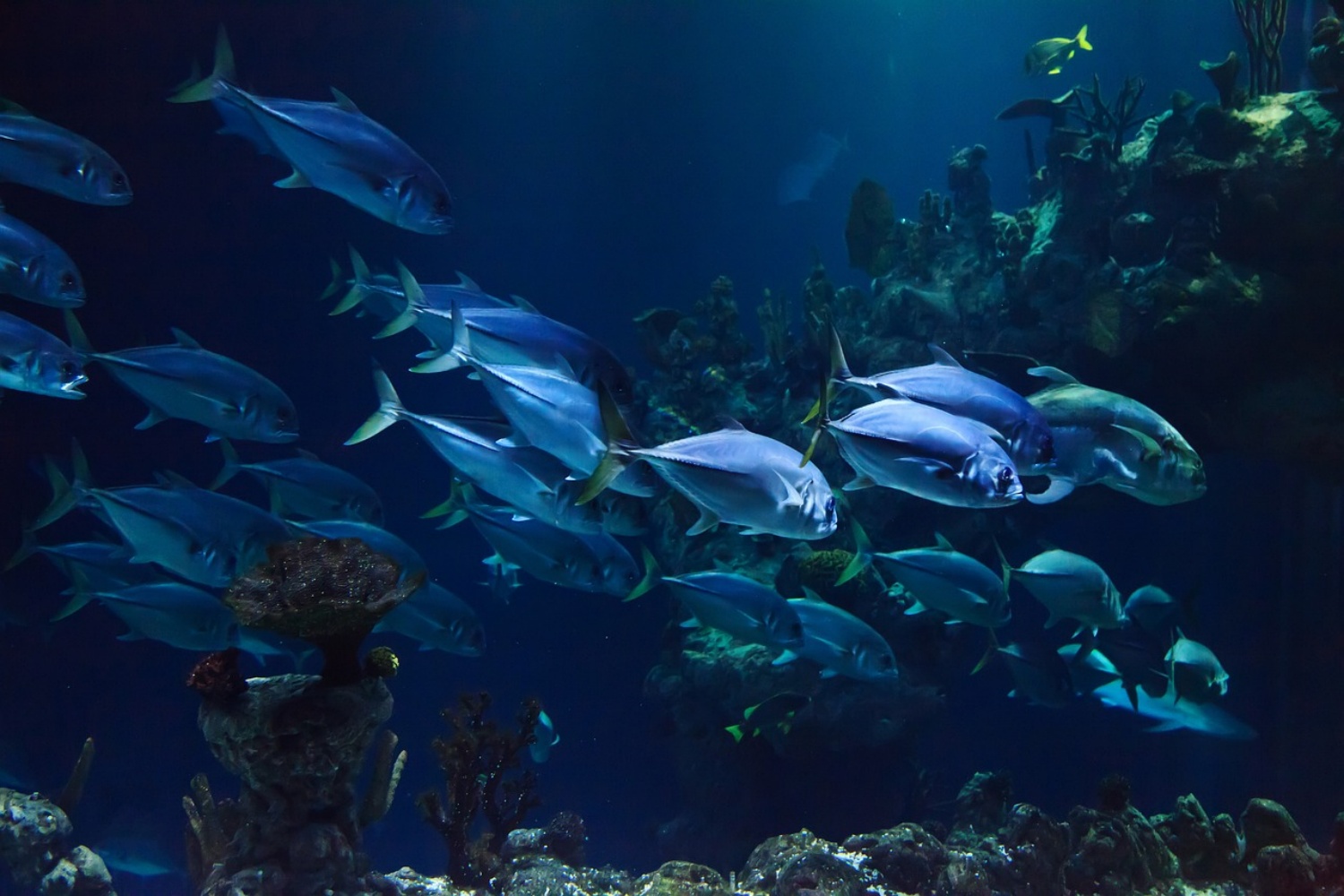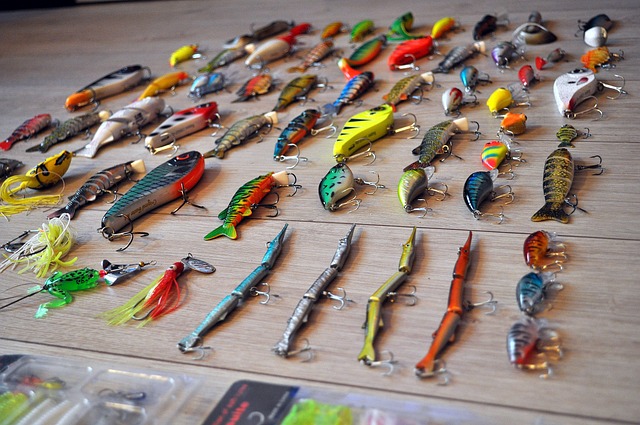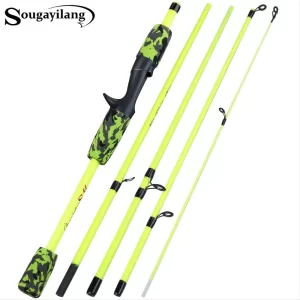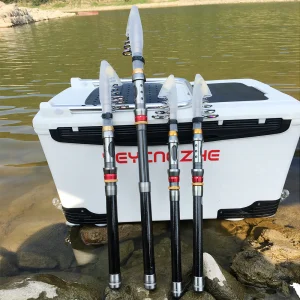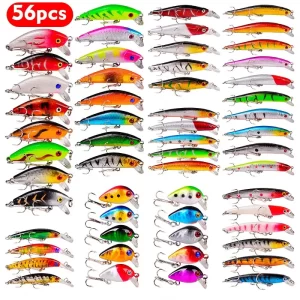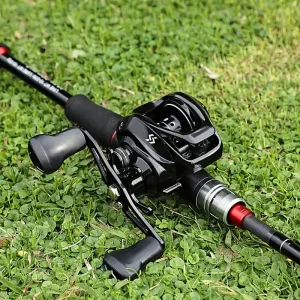Fishing hooks come in a wide range of sizes and styles, each designed for specific fishing situations and species. Understanding the different hook types and their uses is crucial for anglers, as it can mean the difference between success and failure on the water.If you want to know about the various hook sizes and styles, their applications, and how to choose the perfect hook for your fishing needs. The text below will help you.
Hook Sizes
The hook size refers to both the gap size, indicating the distance between the hook’s shank and point, and the overall length of the hook. Hook sizes range from small to large, with each size designed to handle different fish species and sizes. Here are some common hook sizes and their applications:
- Small/Medium (SM): Ideal for panfish, trout, and other small to medium-sized fish. These hooks have a narrow gap size, making them good for light tackle and delicate baits.
- Medium/Large (ML): Designed for larger fish species like bass, pike, and muskie. These hooks have a wider gap size to accommodate larger baits and heavier tackle.
- Extra-Large (XL) and Jumbo: For extra-large fish species like tarpon, marlin, and shark. These hooks are suitable for heavy tackle and large baits, often used in saltwater fishing or big game fishing.
Hook Styles
Hook styles vary based on their shape, design, and intended use. Here are some common hook styles and their applications:
- Circle Hooks: Circle hooks have a closed loop on the hook point that’s designed to hook fish cleanly in the corner of the mouth. They are often used in situations where hooking fish in the delicate areas is crucial, such as in saltwater fishing or when targeting specific fish species.
- Jig Hooks: Jig hooks have a weighted head that allows them to be fished with vertical jigging techniques. They are commonly used for bass fishing, as they can be fished slowly and deliberately, often imitating preyfish or minnows.
- Treble Hooks: Treble hooks have three hooks attached to a single shank. They find common usage on lures like spinnerbaits or buzzbaits, broadening the chances of hooking fish upon impact. Treble hooks are also suitable for saltwater fishing, where fish are often more aggressive and multiple hooks can increase your chances of a successful hookup.
- Egg Hooks: Egg hooks have a rounded shape with a large gap between the hook point and shank. They specifically cater to egg sacs or other soft bait materials. Egg hooks are ideal for panfish and other soft-mouthed fish species that are difficult to hook using traditional hook styles.
- Jr. Hooks: Jr. hooks are smaller versions of traditional hooks, designed for use with smaller baitfish or maggots. Beginner anglers or those aiming for smaller fish species often utilize them due to their need for delicate presentation.
Choosing the Right Hook
When choosing a hook, consider your fishing species, tackle, and bait preferences. For instance, if you’re fishing for panfish with light tackle and small baits, a small/medium hook would be suitable. If you’re targeting larger fish species like bass or pike, a medium/large hook would be more appropriate. Additionally, consider hook style based on your fishing technique and target species. For instance, if you’re using vertical jigging techniques for bass fishing, a jig hook would be ideal. If you’re using spinnerbaits or buzzbaits, a treble hook would be more suitable.
Remember that hook selection is also crucial for catch-and-release fishing, as it’s important to use hooks that minimize damage to the fish’s mouth to ensure survival after release. Circle hooks are a good choice for catch-and-release fishermen as they hook fish cleanly in the corner of the mouth, reducing damage and ensuring a quick release.
Understanding hook sizes and styles is essential for any angler who wants to be successful on the water. By selecting the right hook for your fishing needs, you can increase your chances of catching more fish while also practicing responsible angling techniques that conserve fish populations and protect the environment. So the next time you head out with your fishing gear, make sure you have the right hook for the job, and you’ll be well on your way to a successful day on the water!
More: Mastering Fixed Spool Gear: Optimizing Performance on Your Fishing Reel
